The 9th Beijing Biennale, themed “the Light of Life”, eulogizes the value of life and highlights the dignity, power and glory of life. It is a continuation of the 3rd session, themed “Colors and the Olympics”, and highlights the visual charm of “power and beauty”. To facilitate your understanding, we provide 14 keywords related to the theme.
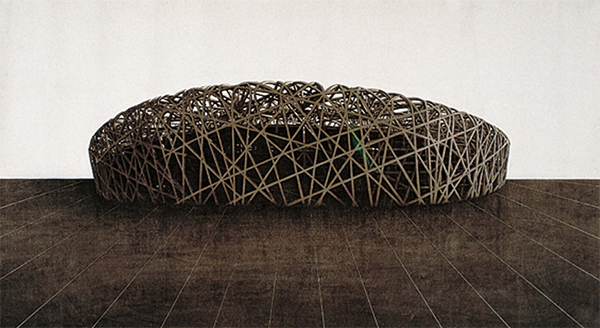
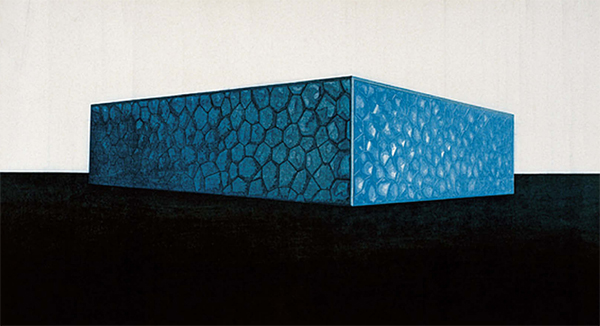
Kang Jianfei(China)
New Olympic Gymnasium / 2007 / print / 100cm×180cm×2
Work from the 3rd Beijing Biennale
Key Word: Olympic Stadium
Olympic Stadium, a venue where some competitions are held, is one of the focal points of the modern Olympics. Always featuring unique charm, the Olympic Stadium attracts world-renowned designers. They consider the design of this building as a great opportunity to show the whole world their ability and thus make great efforts to surpass stadiums of previous sessions, so that it would become a milestone in their career. As a result, functions, styles and ideas of the Olympic Stadium have changed a lot, which makes it an important part of the Olympic history and a landmark of the host city.
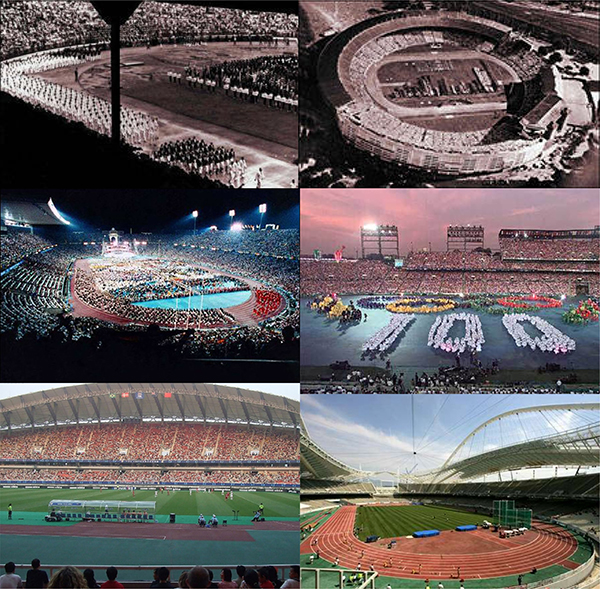
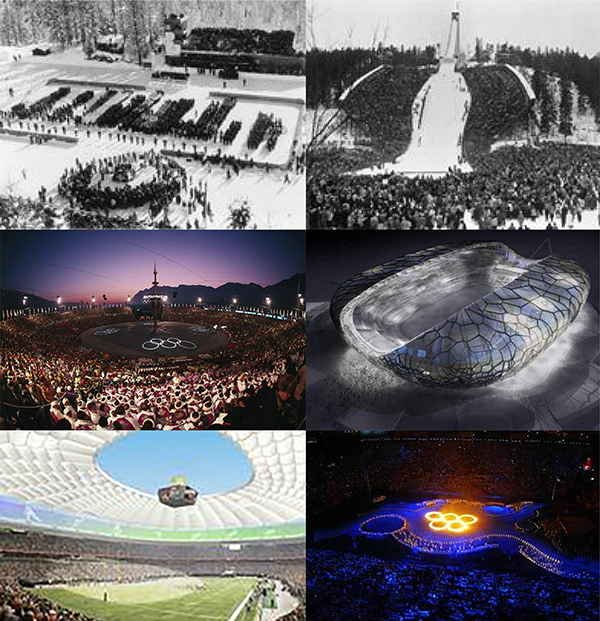
Some examples are as follows:
1896: Panathenaic Stadium in Athens, Greece
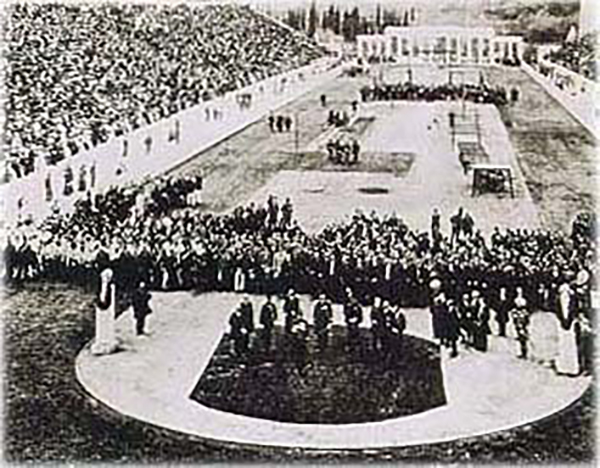
1968: Estadio Olímpico Universitario in Mexico City, Mexico
This stadium, together with the whole University City, was declared a World Heritage Site by UNESCO in 2007. Built on an ancient solidified lava bed in Coyoacan and combining modern architectural and local style, the National Autonomous University of Mexico is one of largest prestigious universities in the world. The stadium, like an erupting volcano, is built of volcanic rocks. Its outer wall is decorated with mosaic relief created by famous Mexican fresco artists.
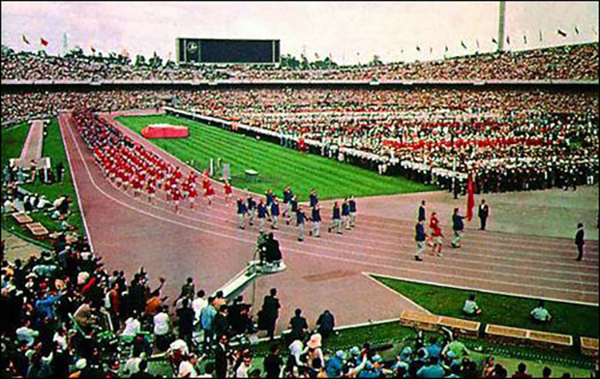
1972: Olympiastadion in Munich, Germany
Inspired by tent structure, the Olympiastadion has a cone-shaped roof stabilized by steel cables. The sweeping canopy integrates the stadium and natural landscape, bringing fresh feelings to fierce competitions.
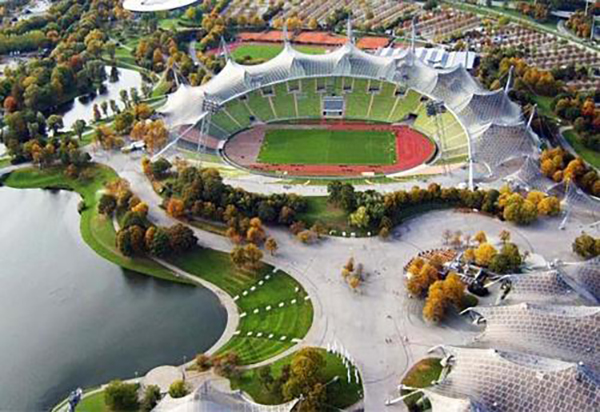
Olympiastadion of the Munich 1972 Olympic Games
2004: The Olympic Athletic Center of Athens is known as the most elegant stadium. It has a roof structure composed of two 45-meter high arches, making it an elegant building of European style.
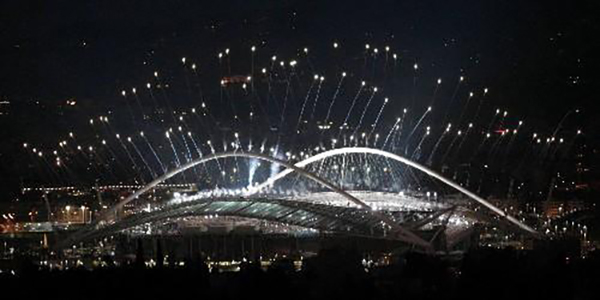
Olympic Athletic Center of Athens of the 2004 Olympic Games
2008: National Stadium, Beijing, China
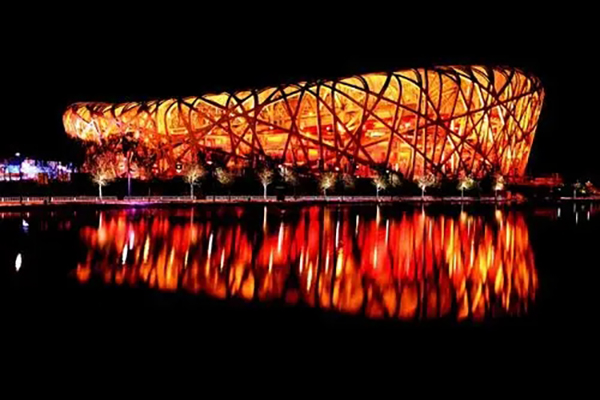
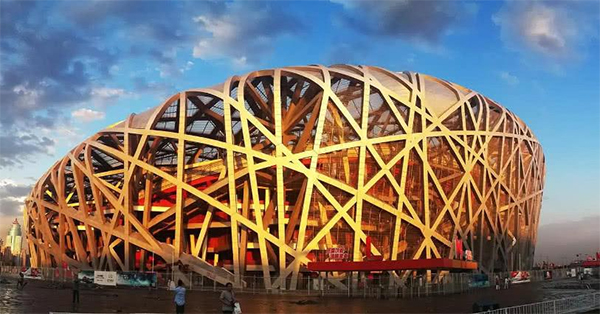
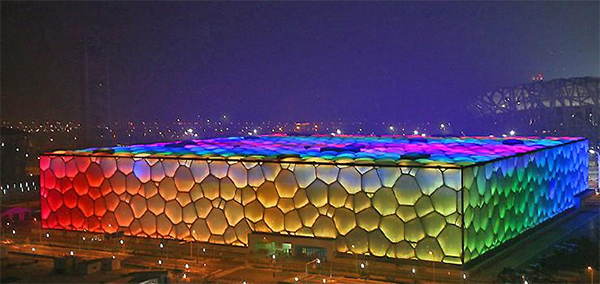
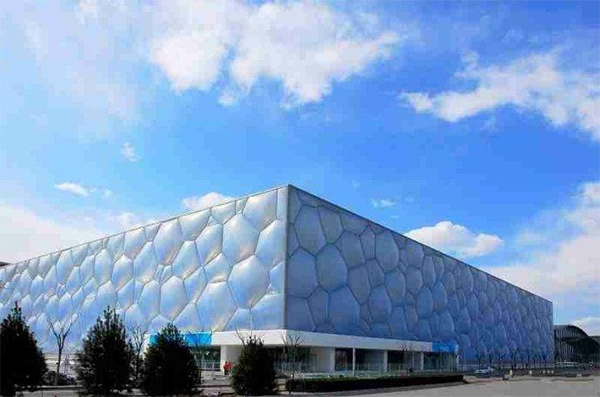
2012: London Stadium
The London Stadium was the centerpiece of the London 2012 Olympic Games. Also dubbed as “the London Bowl”, it had 80,000 seats. After the Olympics and Paralympics were finished, the larger top tier of seats were lifted off to reduce it to a 25,000-seat sports venue.
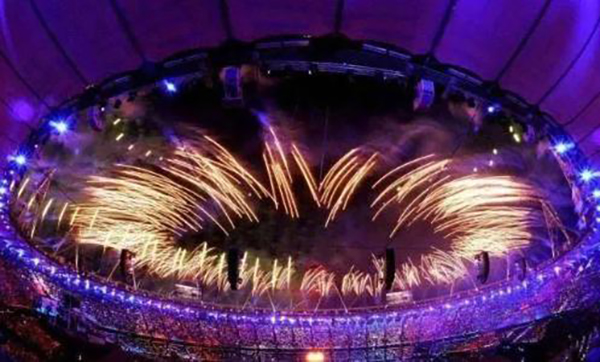
London Stadium of the London 2012 Olympic Games
2022: National Speed Skating Oval, Beijing, China
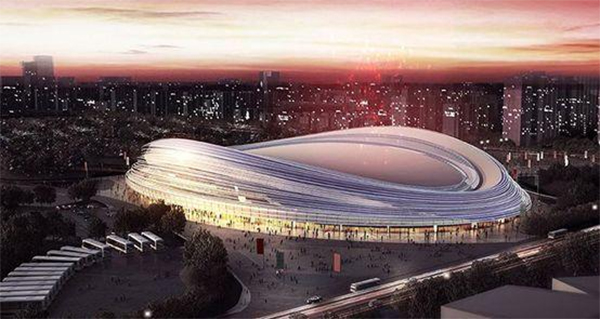
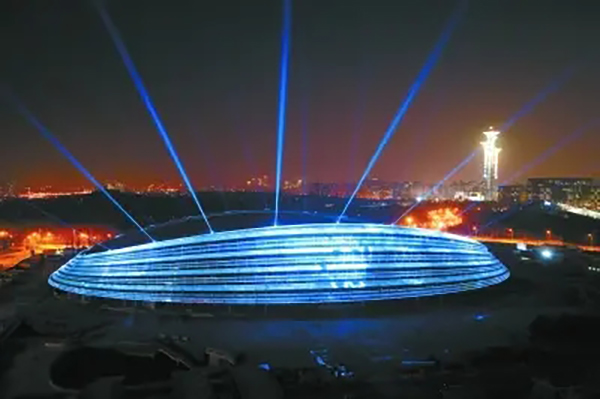
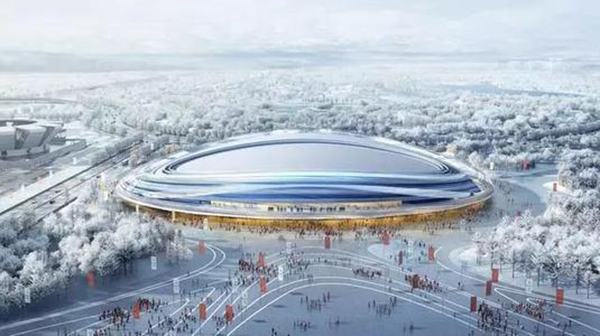
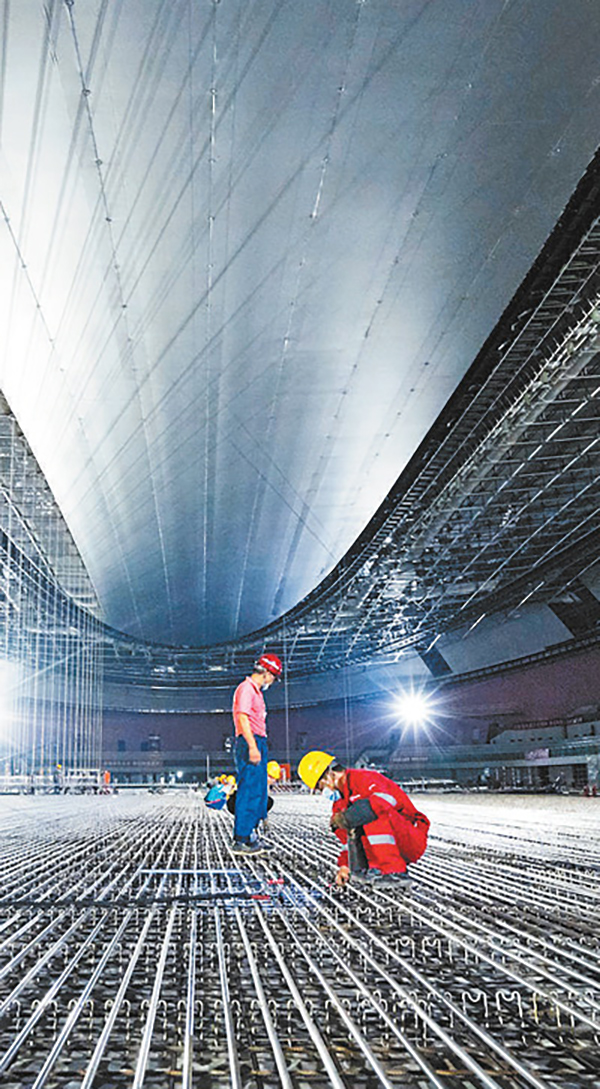
By the end of 2020, the construction of all venues of the 2022 Winter Olympic Games has been finished as scheduled. This picture shows hardworking workers. (Photo credit: Jiao Liyue with Video China)
The 14 key words will be published one by one. Look forward to your interest and participation in the Beijing Biennale.
(Notes: Please strictly follow copyright laws and relevant regulations in and outside China when referring to captions, photos and other information in your creation. Plagiarism is unacceptable. Copyright-related legal issues should be taken care of by artists themselves.)
